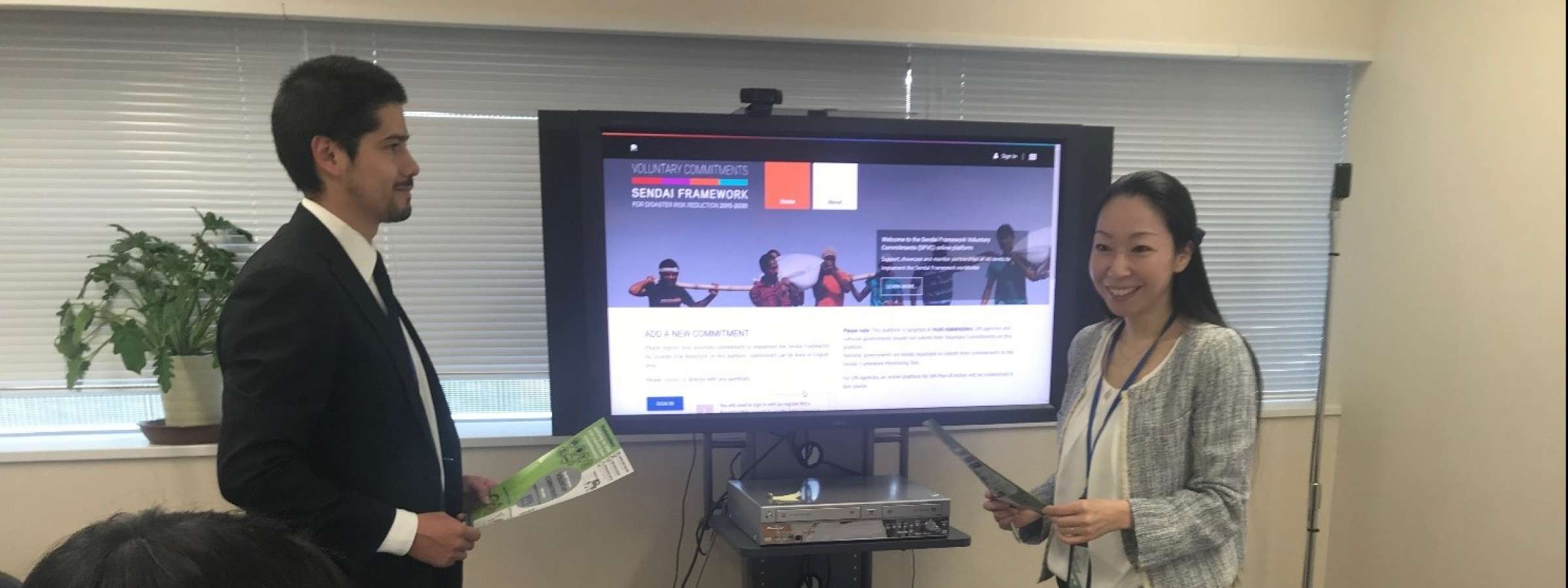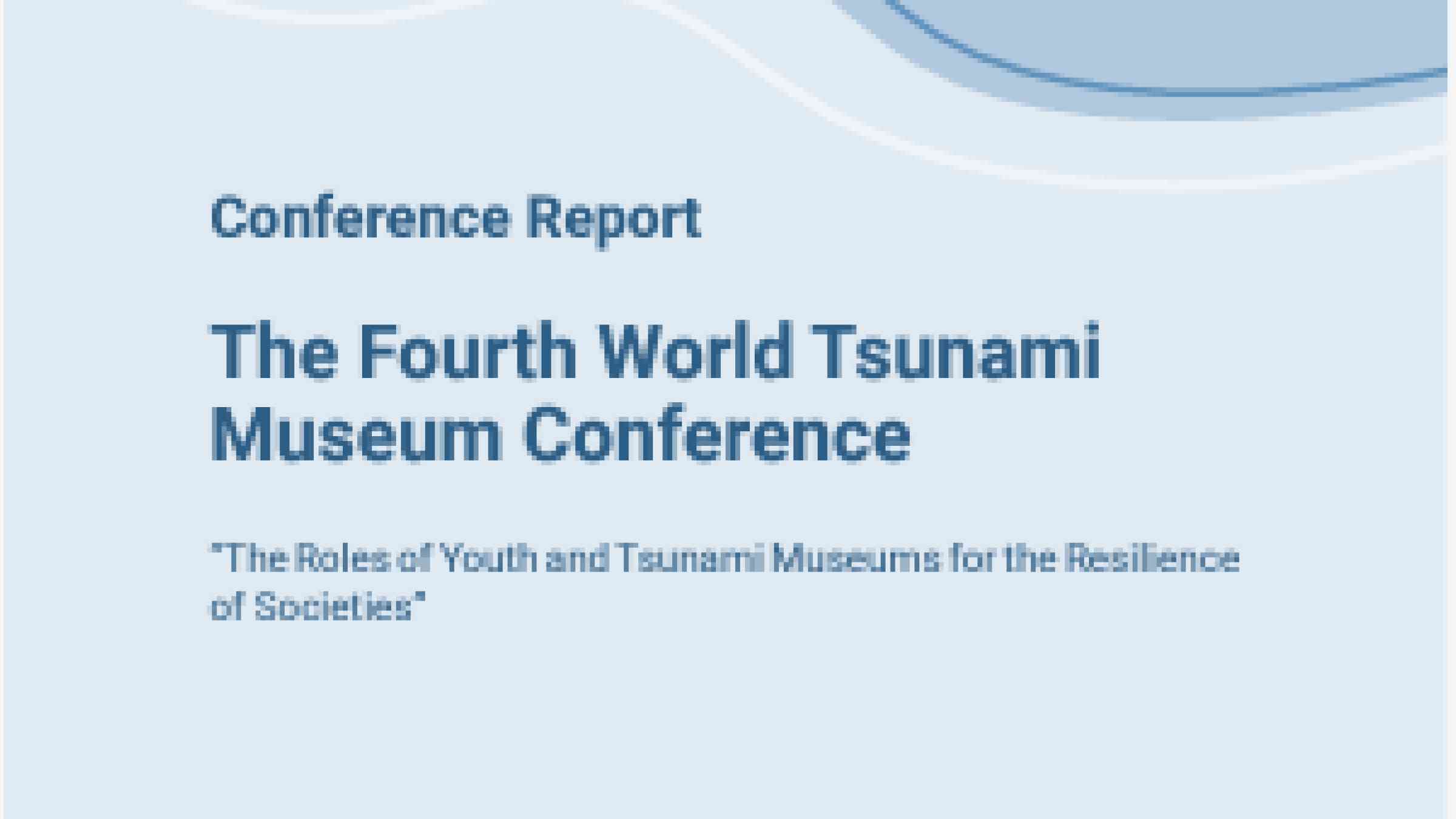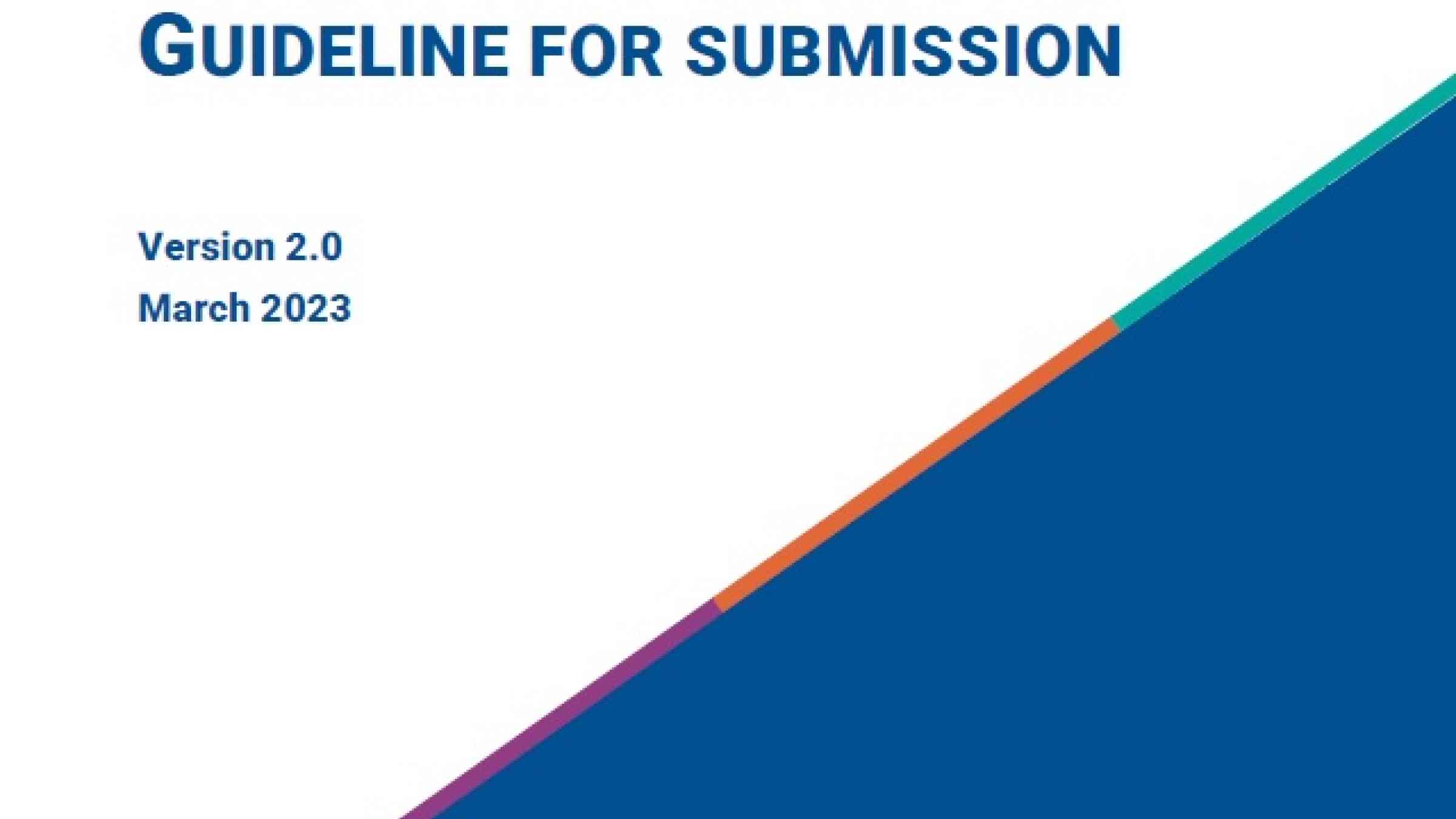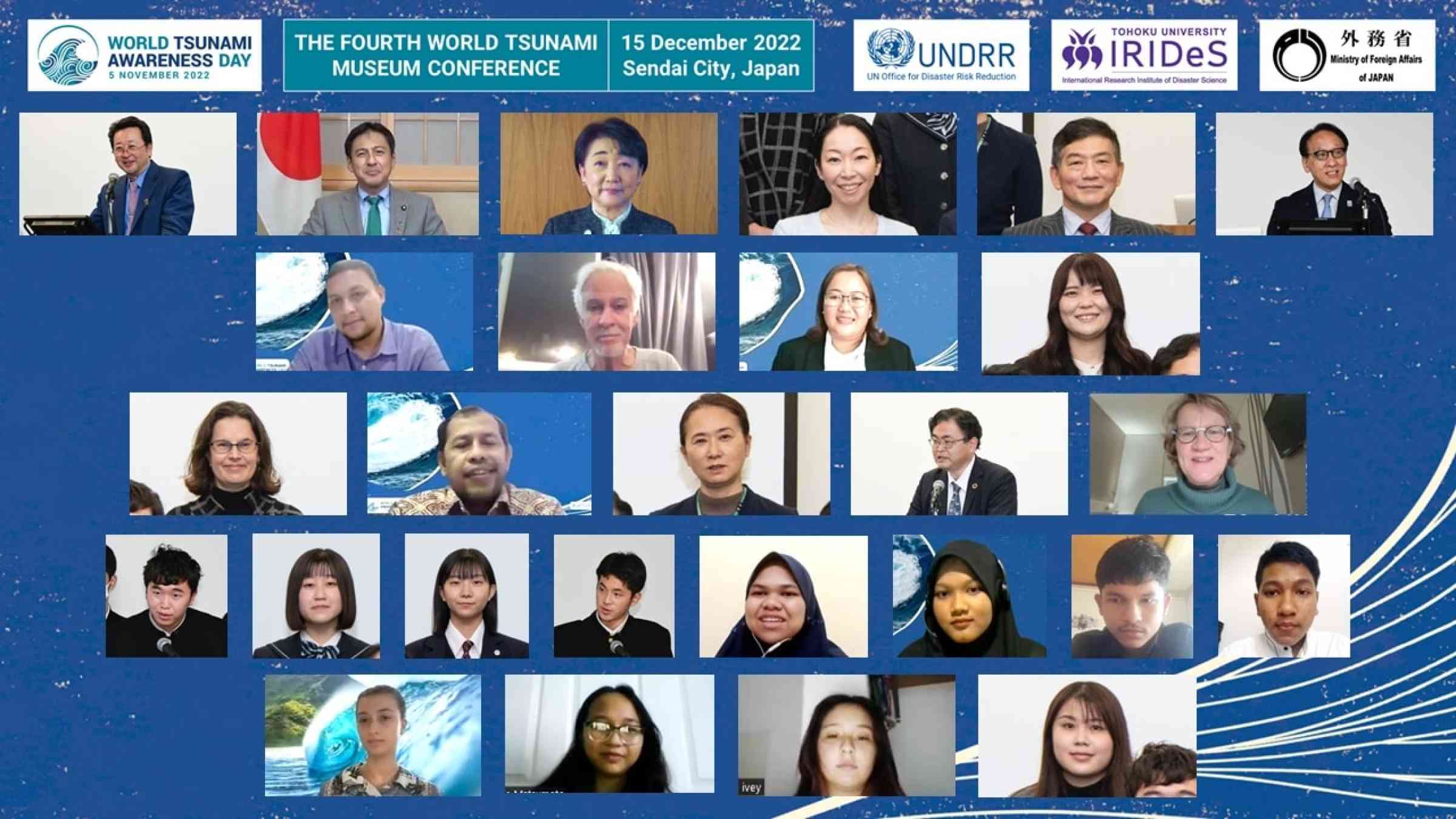The Kobe Office in Japan works closely with the Japanese Government and other institutions that have extensive experience and expertise in disaster risk reduction (DRR) to support other partners around the world to reduce disaster risk and build resilience.
The office looks after the Sendai Framework Voluntary Commitments online platform so that non-governmental stakeholders can also contribute to and be recognised for their efforts in implementing the Sendai Framework.
The office also promotes collaboration with Japan-based institutions such as government agencies, academic and research institutions, the private sector, and civil societies, facilitating their contribution to global and regional DRR efforts and linking their experiences, technology and innovation to other countries’ and regions’ needs.
Latest updates
DRR in Japan
The Hyogo prefecture went through a dramatic recovery process after the Great Hanshin-Awaji Earthquake (the Kobe Earthquake) in January 1995, that killed more than 6,400 people. Through the experiences and lessons learned, Hyogo led research, education and international cooperation on DRR.
In January 2005, the World Conference on Disaster Reduction (WCDR) was organized by UNDRR (then ISDR) in Kobe, where more than 168 Governments adopted the “Hyogo Framework for Action 2005-2015: building the resilience of nations and communities to disasters” (HFA). The ten-year plan served as the main policy guidance for countries to develop policies on disaster risk reduction.
Building on this process, “The Sendai Framework for Disaster Risk Reduction 2015-2030" was adopted as the HFA’s successor at the Third UN World Conference on Disaster Risk Reduction (WCDRR), held in Sendai in March 2015.
Contact us
DRI-East 5F
1-5-2 Wakinohama-Kaigan-dori
Chuo-ku, Kobe-City,
Hyogo
651-0073
Japan
Phone: +81 782625550
Email: undrr-japan@un.org




